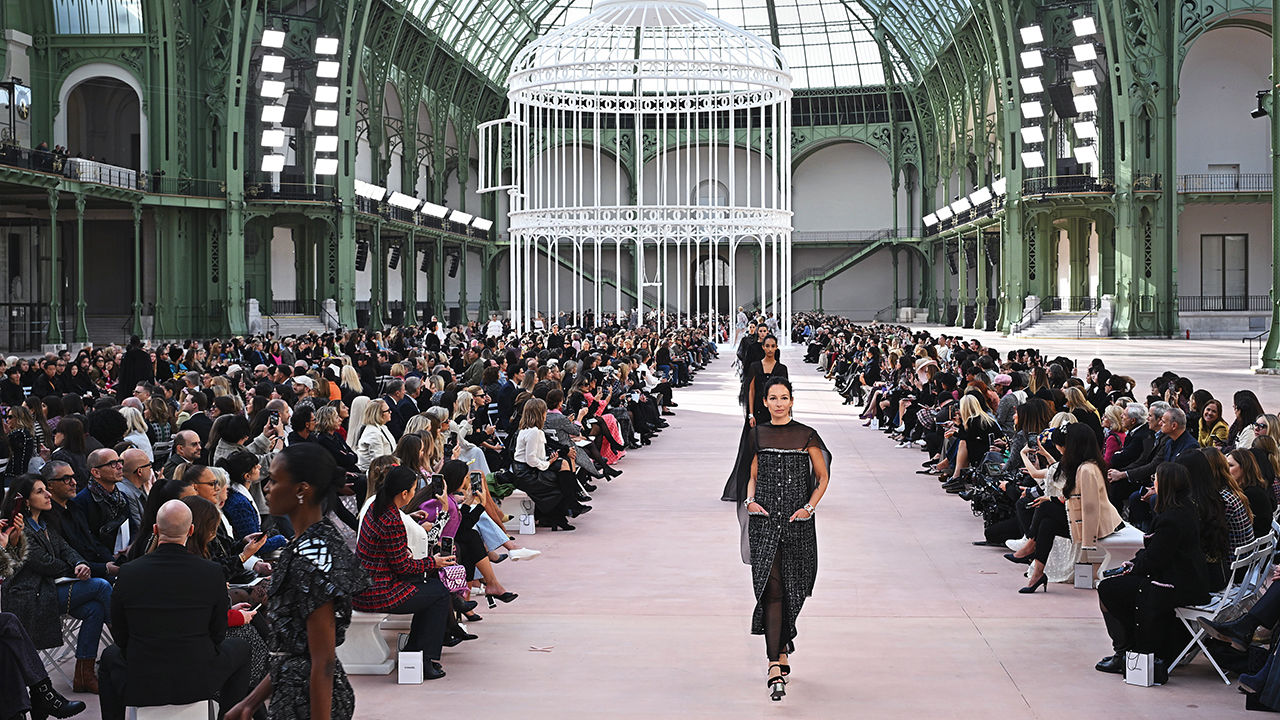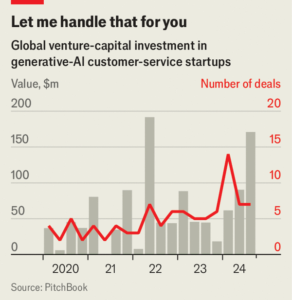
A giant BIRDCAGE held models wearing Chanel’s latest clothes at its show for Paris fashion week on October 1st. The exhibit in the Grand Palais had all the hallmarks of the 114-year-old fashion house: sophistication, skirt suits and even a little black dress. Yet at the end there was no designer to take the applause. In June Virginie Viard, Chanel’s creative director since 2019, stepped down. Ms Viard was only the third person to hold the role. She took over from Karl Lagerfeld, a sharp-tongued German who held the role for 36 years and once called sweatpants “a sign of defeat”. Mr Lagerfeld’s predecessor was Coco Chanel. The front rows of runway shows are now rife with gossip about who will bag fashion’s most prestigious job. An announcement is expected this month.
Ms Viard is but one among many superstar designers to have left their jobs recently. In July Peter Hawkings, creative director at Tom Ford, left after less than a year in the role. On October 2nd Hedi Slimane quit the top design job at Celine, owned by LVMH, a French luxury conglomerate; on October 11th Kim Jones left the same post at Fendi, another LVMH maison. Fashion designers are coming and going faster than the latest trends.
The turmoil can be attributed in part to a slowdown in sales of luxury goods. Softening demand, notably in China, has hurt fashion houses. On October 15th LVMH reported that revenue for its fashion and leather goods division for the quarter from July to September fell by 5%, year on year. The slump is making investors and bosses jittery, in turn giving established designers less freedom to experiment and newly appointed ones less time to find their feet.
At the same time, designers are increasingly being asked to do more than just fashion clothes. Karen Harvey, a consultant who helped appoint Calvin Klein’s lead designer this year, says there is a growing expectation in the industry that creative directors will be able to “rescue a brand”. Virgil Abloh, a streetwear entrepreneur and creative collaborator of Kanye West, transformed the staid image of Louis Vuitton’s menswear by working with younger talent. He once told an interviewer, “I am not a designer.” After he died in 2021, aged just 41, the company replaced him with Pharrell Williams, a singer who had also branched out into streetwear. According to Ms Harvey, customers now expect a mix of “fashion, zeitgeist and culture” from luxury brands—all of which creative directors are meant to supply.
Whoever replaces Ms Viard at Chanel will at least have one advantage: the world’s second-biggest luxury-fashion brand by sales (behind Louis Vuitton) is privately owned by two French brothers, Alain and Gérard Wertheimer. That should mean there will be less focus on short-term financial results. Yet Chanel is not entirely shielded from the forces buffeting the industry. It has been aggressively chasing growth in recent years; between 2020 and 2023 its sales nearly doubled, to around $20bn. Much of that is a result of hefty price increases. Bernstein, a broker, estimates that from 2020 to 2023 like-for-like prices at Chanel increased by almost 60% on average. Among other luxury brands it examined, only Dior put its prices up by more. Amid weakening demand, further big increases may be difficult to pull off.
That will make the job of Chanel’s fourth-ever creative director trickier. In the running are said to be Mr Slimane, recently of Celine; Pierpaolo Piccioli, who left Valentino in March; and Marc Jacobs, who was the creative director at Louis Vuitton for 16 years and now has his own label. Whoever gets the job will hope to make a strong impression quickly—lest they be pushed aside for Chanel number five. ■
To stay on top of the biggest stories in business and technology, sign up to the Bottom Line, our weekly subscriber-only newsletter.


















